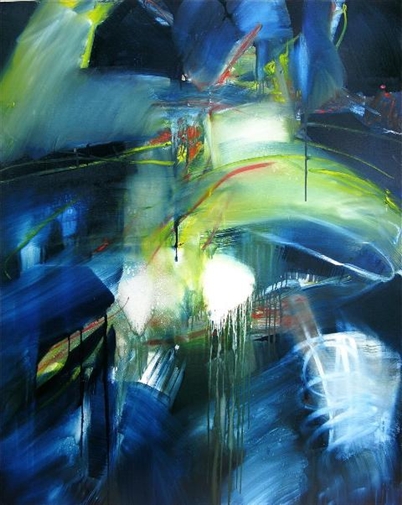dal niente closes season with memorable program of modern French music
Ensemble dal niente closed its season in spectacular fashion Saturday night at the Merit School of Music’s Gottlieb Hall.
They didn’t do it with a blockbuster symphony or a superstar soloist. One of Chicago’s robust crop of young new music groups, the ensemble offered something entirely different with a program of six, mostly short works by contemporary French composers, Pierre Boulez being the only household name among them.
The pieces ranged from an austere work for solo harp to a densely packed piece for 18 musicians. But it was the kind of evening—intellectually stimulating, impeccably performed and full of surprising, jaw-dropping beauty—that lingers in the mind long after the final note has faded.
Making generalizations about any nation’s music is risky business; exceptions always disprove the rule. But the sheer sound of music seems to have a special fascination for French composers, Debussy foremost among them. Even Boulez, who made his name as a fierce defender of serialism, writes music full of luminous, blossoming sound.
Dal niente’s concert was an exhilarating crash course in so-called Spectralism, the music of a later generation of French composers besotted by the colors and timbres inherent in specific instruments and the way those colors blend in ensemble works. The pieces, written between 1975 and 2006, included composers Tristan Murail and Gerard Grisey, pioneers in the field; and younger composers Philippe Hurel, Philippe Leroux and Fabien Levy. Two works–Hurel’s Tombeau in memoriam Gerard Grisey and Leroux’s Un lieu verdoyant—Hommage a Gerard Grisey–were tributes to Grisey, who died in 1998 at age 52. Grisey’s monumental Partiels, written in 1975 for 18 instruments, closed the concert.
The evening’s emphasis on unadorned, richly colored sound was obvious from the first, crashing bars of Hurel’s Tombeau, which opened the concert. Scored for piano, vibraphone and a tightly edited collection of cow bells, small gongs, crotales and woodblocks, it contrasted growling, raspy piano chords with more mellow-edged, glowing percussion eruptions. Pianist Mabel Kwan and percussionist Gregory Beyer were virtuoso listeners as well as players. Intently attuned to every last resonant echo the other was sending forth, they were especially responsive in the work’s quiet middle section. The single-note phrases they etched seemed to hang in the air like aural icicles.
That same kind of hair-trigger sensitivity suffused the concert’s two other duets—Murail’s Les Ruines circulaires for clarinet and violin and Leroux’s Un lieu verdoyant for mezzo-soprano and soprano saxophone.
Violinist J. Austin Wulliman and clarinetist Alejandro Acierto took turns in Murail’s wild, often melancholy flights. Wulliman sent his full-throated violin into dizzy heights while Acierto explored subterranean depths. In Leroux’s setting of a text inspired by the Lamentations of Jeremiah, Amanda DeBoer deployed her expressive mezzo-soprano voice like a painter with an inexhaustible palette. With Ryan Muncy’s sax mirroring her phrases, she was mesmerizing as the vocal line melted into faintly Middle Eastern harmonies or harsh whispers.
Harpist Janelle Lake found crisp, architectural shape amid the gentle silences and often-fierce explosions in Levy’s brief solo, Les deux ampoules d’un sablier peu a peu se comprennent. Michael Lewanski directed dal niente’s gifted musicians in the concert’s larger ensemble pieces: Boulez’s Derive 1 and Grisey’s Partiels. The expectant shimmer of hovering strings in Derive and the majestic, reverberant brass in Partiels were thrilling to the ear.
Posted in Performances





